SLIC电源设计-SLIC Power-Supply Des
Subscriber-line interface cards (SLICs) provide the interface between the telephone-service provider and the telephone handset in your home. They operate in two main modes: On-hook refers to when the handset is idle and waiting for a signal indicating that someone wants to make a connection, and off-hook refers to when the handset is active and the user is trying to complete a connection. Telephone-system voltages are traditionally negative to prevent electromigration from eroding the installed copper wiring.
Telephone systems require certain special voltages that vary from application to application and country to country. This article presents circuits for deriving these voltages from commonly available supply voltages. Table 1 summarizes the input and output characteristics of the circuits.
Table 1. Inputs and Outputs
Figure 1 | ||||
Figure 2 | ||||
Figure 3 | ||||
Figure 4 | ||||
Figure 5 |
The on-hook voltage, which generates the ringer voltage, is typically -72V in the United States and as high as -150V in other countries. The ringer voltage, a 20Hz to 60Hz sinusoid, drives an electromechanical bell in the handset that can be located far from the central office (CO). The off-hook voltage is typically -48V in the United States, although some localized systems use -24V. This voltage powers the system during voice communications. The CO provides power for the telephone system independently from the electric utility, allowing the telephone to work during a power outage.
With advances in data-communication technology, companies are incorporating voice service with data service to provide integrated communication systems. Such systems require SLIC functions to maintain compatibility with legacy equipment. The following circuits demonstrate techniques for generating SLIC voltages from commonly available voltages. All of the circuits are based on a transformer flyback topology using a MAX668 boost controller. This topology achieves compact magnetics and flexible output voltages.
-48V Output from +5V Supply
The circuit in Figure 1 generates -48V at 300mA for customer premises equipment (CPE) or client-side equipment from a +4.5V minimum input. The input voltage also is the gate-drive voltage for the MAX668 (U1), limiting the input voltage to +5.5V (maximum). The MOSFET switch (Q1) presents more gate capacitance than the controller can drive efficiently; therefore, complementary emitter followers (Q2, Q3) buffer the gate-drive output.
Figure 1. This simple transformer flyback inverter gene



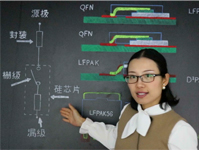
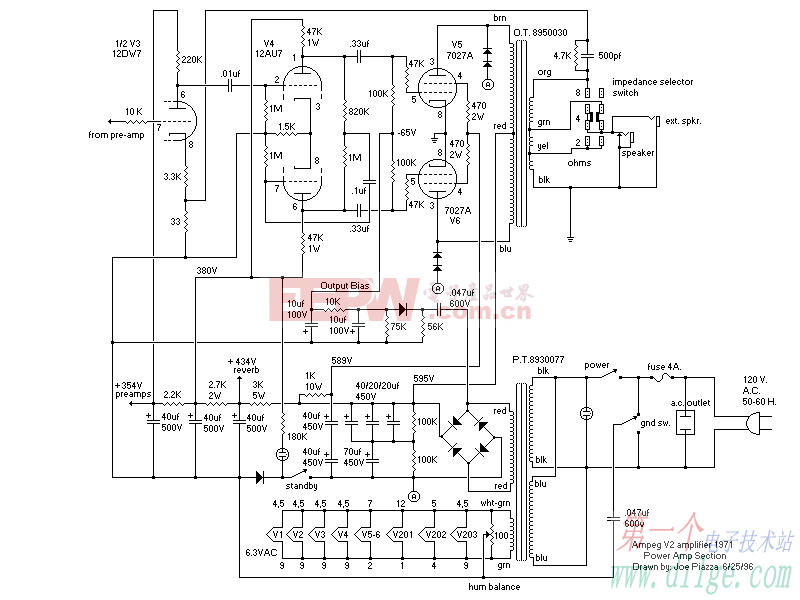
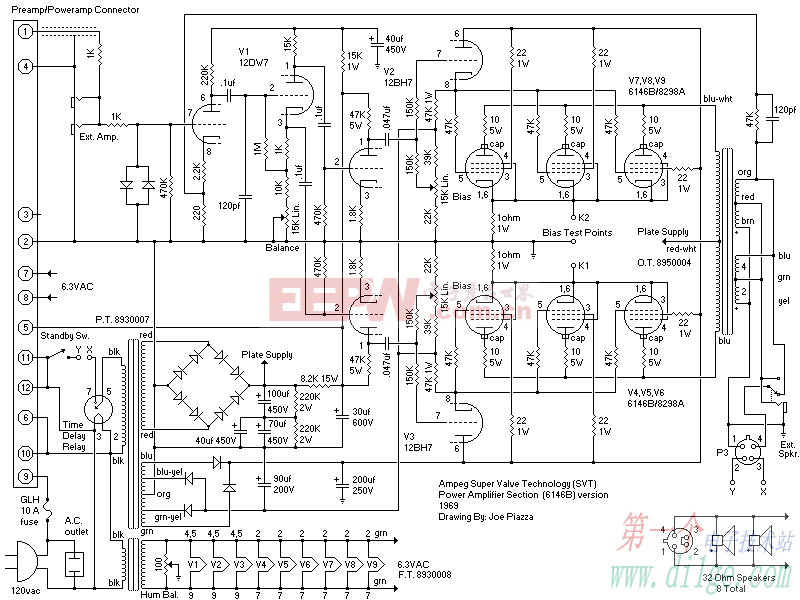

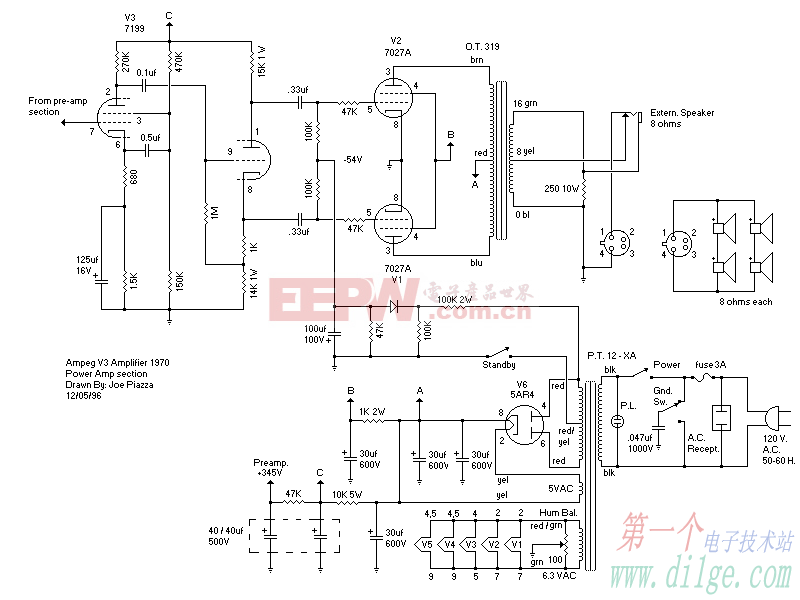


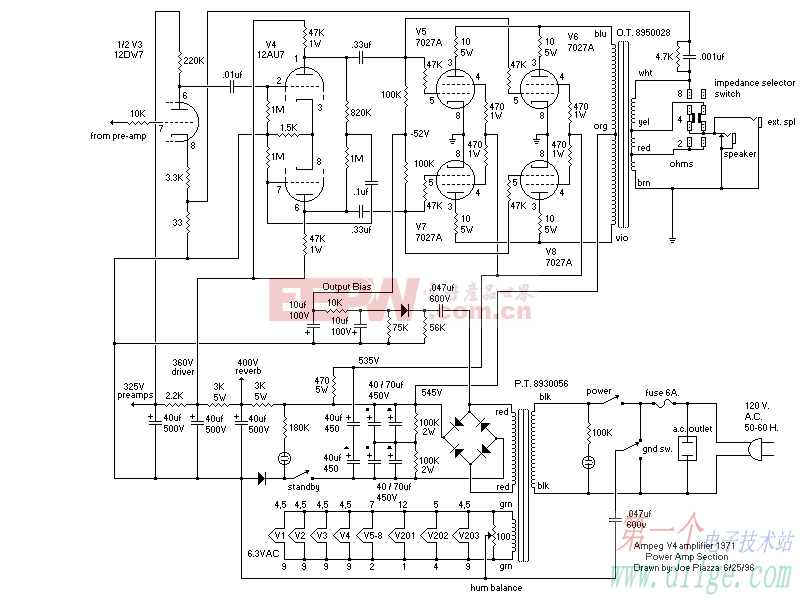
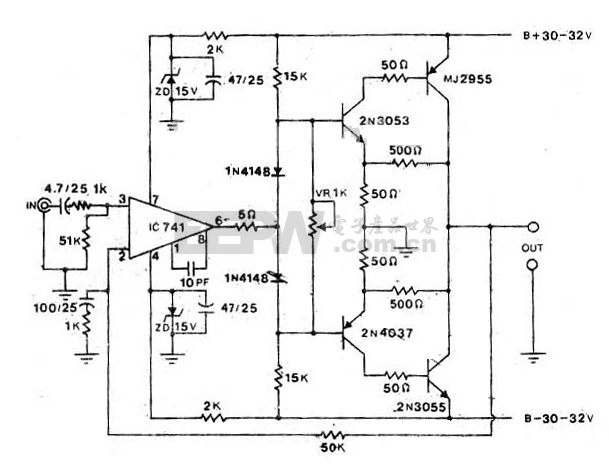
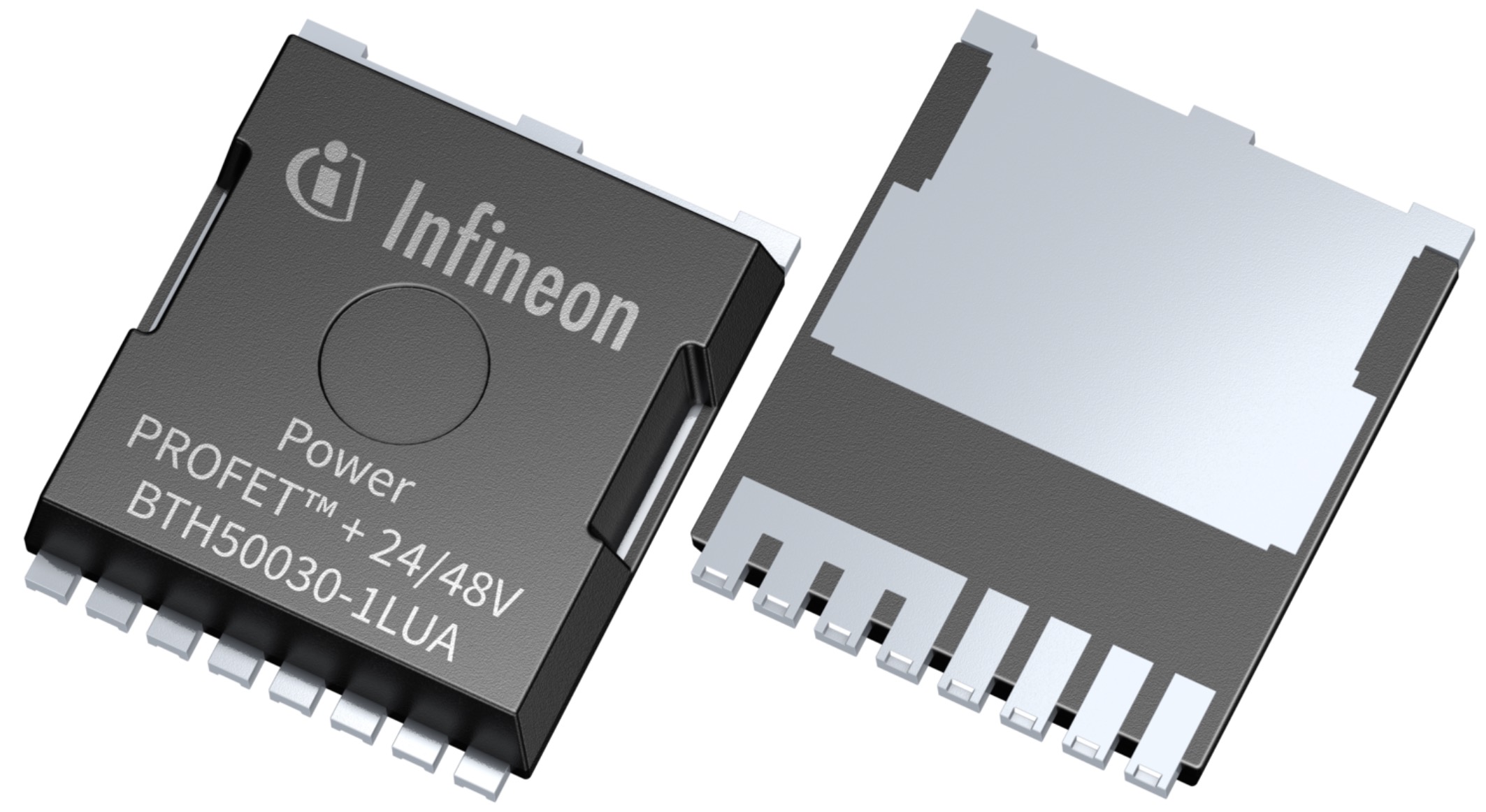

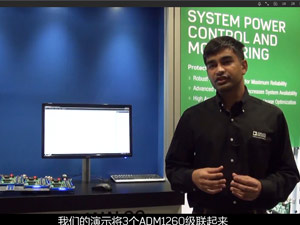

评论